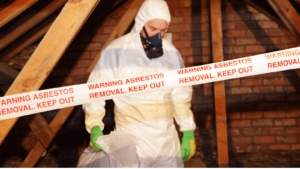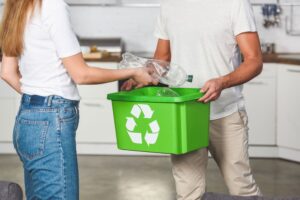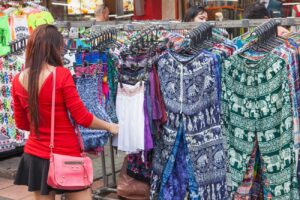Navigating Recycling Regulations in Melbourne

In Melbourne, as in much of Australia, recycling is not just a matter of environmental responsibility, it’s also governed by a set of regulations designed to streamline the process and maximise efficiency. Understanding these rules is crucial for households and businesses alike to contribute effectively to the city’s sustainability goals. This article aims to explain Melbourne’s recycling regulations in a straightforward, no-nonsense manner.
What You Can Recycle
Melbourne’s recycling system focuses on several key materials that can be processed and reused. These include:
- Paper and Cardboard: Newspapers, magazines, office paper, and cardboard boxes. Ensure they are not soiled.
- Plastics: Containers and bottles marked with recycling symbols 1 through 7. Lids should be removed.
- Glass: Bottles and jars, regardless of colour. Again, lids off.
- Metals: Aluminium cans, tin cans, and aerosol cans (empty).
- Cartons: Milk and juice cartons.
It’s critical to rinse and clean containers to prevent contamination. Contaminated recyclables can lead to entire batches of recycling being sent to landfill, undermining the effort to recycle.
What You Cannot Recycle
Just as important as knowing what to recycle is understanding what doesn’t belong in your recycling bin:
- Soft Plastics: Plastic bags, wrappers, and cling film. These can often be recycled at specific drop-off points but not in your kerbside bin.
- Polystyrene: Foam packaging and containers.
- Ceramics and Pyrex: These materials do not melt at the same temperature as glass recyclables and thus are not accepted.
- Hazardous Waste: Batteries, light bulbs, electronic waste, and chemicals should be disposed of at designated drop-off centres.
Kerbside Collection Guidelines
Melbourne’s kerbside recycling service operates under a simple set of guidelines to ensure the smooth processing of recyclables:
- Use the Correct Bin: The yellow-lid bin is for recyclables. Ensure you’re not mixing general waste or green waste with recyclables.
- Do Not Bag Recyclables: Items should be loose in the bin to facilitate sorting at recycling facilities.
- Size Matters: Items too small (smaller than a credit card) can get lost in the sorting process and should not be placed in the recycling bin.
Beyond the Bin
For items not accepted in kerbside recycling, Melbourne offers additional recycling services and drop-off sites. Electronic waste, soft plastics, office furniture disposal and hazardous materials have dedicated collection points across the city. The Sustainability Victoria website provides a comprehensive directory of these facilities. If you don’t have the ability to visit these drops of points or the items are too bulky for you can contact companies like abrelocations.com.au who have a dedicated services for things like furniture disposal and recycling. Why It Matters
Recycling correctly plays a vital role in reducing landfill, conserving resources, and minimising environmental impact. By adhering to Melbourne’s recycling regulations, residents and businesses can make a significant contribution to sustainability efforts.
Navigating Melbourne’s recycling regulations doesn’t have to be complicated. By following the straightforward guidelines outlined above, Melburnians can ensure their recyclable waste supports the city’s green initiatives. Remember, effective recycling starts with each individual’s effort to sort and dispose of waste responsibly.







